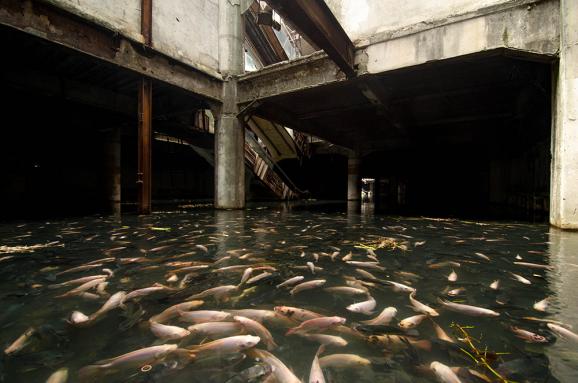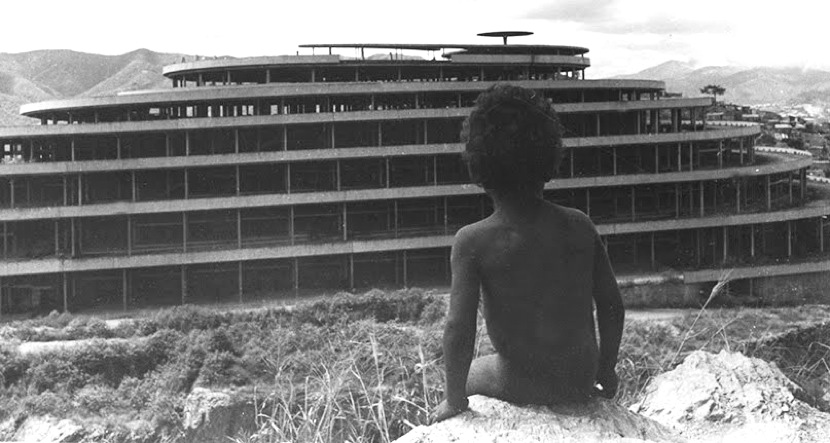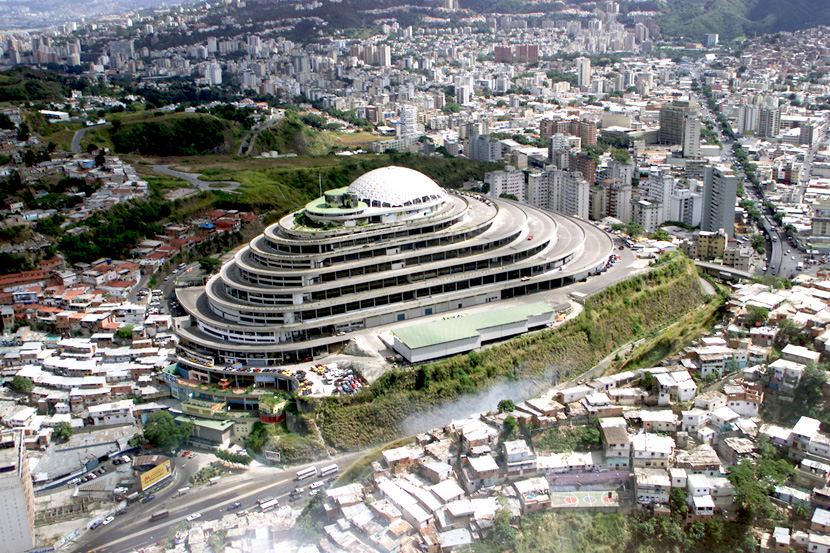...
25 abandonedSoviet Yugoslavia monuments that look like they are from the future
Edit: Διορθώθηκε κι εδώ. Ευχαριστώ, Μαρίνο.
25 abandoned
Edit: Διορθώθηκε κι εδώ. Ευχαριστώ, Μαρίνο.
Last edited:

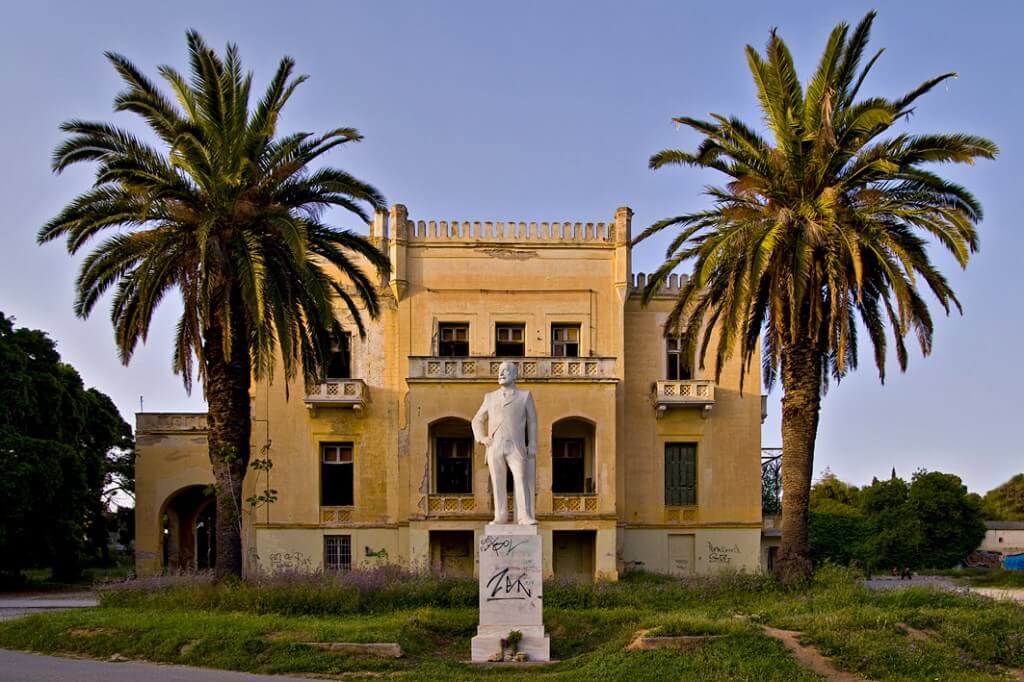
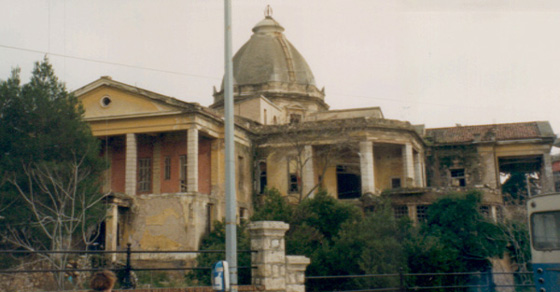
... Λεπτομέρεια: γεμάτη χαρτονένια σκηνικά (πόρτες, κάγκελα, κολώνες...) μια και για καιρό χρησιμοποιούνταν από την ΕΡΤ για εσωτερικά γυρίσματα (από τη Χιλιοποδαρούσα και τη ρουμπρίκα της «Γράψε την ιστορία», μέχρι το Ρεμπέτικο του Φέρρη --τη σειρά, όχι την ταινία).
...
Α καλά...Το 1944 οι Γερμανοί αποχωρούν και την έπαυλη χρησιμοποιεί ο ΕΛΑΣ, ενώ χάνονται σιγά σιγά τα αποτυπώματα των θησαυρών της. Ο ΕΛΑΣ τη χρησιμοποιεί μέχρι και το 1949 όπου και περνάει η κυριότητα της στο δημόσιο

Από τα πιο σπαρακτικά που έχω δει ήταν σ' ένα οικόπεδο στο στενάκι πίσω απ' τον Κάβουρα στη Θεμιστοκλέους, τέλη δεκαετίας του '80, που είχανε μόλις γκρεμίσει ένα παλιό, ίσως κι αιωνόβιο, εγκαταλειμμένο κι ετοιμόρροπο διόροφο και είχε μείνει μόνο το κουφάρι μιας εντοιχισμένης ντουλάπας ψηλά στο δεύτερο πάτωμα, γαντζωμένο στη μεσοτοιχία με το διπλανό που έστεκε ακόμα, με ένα και μοναδικό ρούχο κρεμασμένο από μια παλιά ξύλινη κρεμάστρα: ένα παλτό τριμμένο, σκοροφαγωμένο, αδειανό.
Ακόμα με στοιχειώνει εκείνη η εικόνα. Άτιμε Μαγκρίτ.
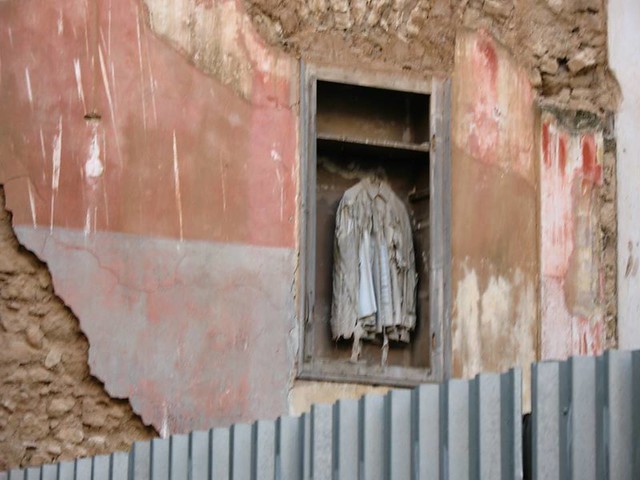
Συγγνώμη που αυτοτσιτάρομαι, αλλά η ανακίνηση του νήματος από την Μπέρνι μού θύμισε αυτή την ανάμνηση και τη φωτογραφία που είχα βρει από το Μάρτιο και μοιάζει πάρα πολύ με την εικόνα που έχω στο νου μου —μαζί με το φλουτάρισμά της.



